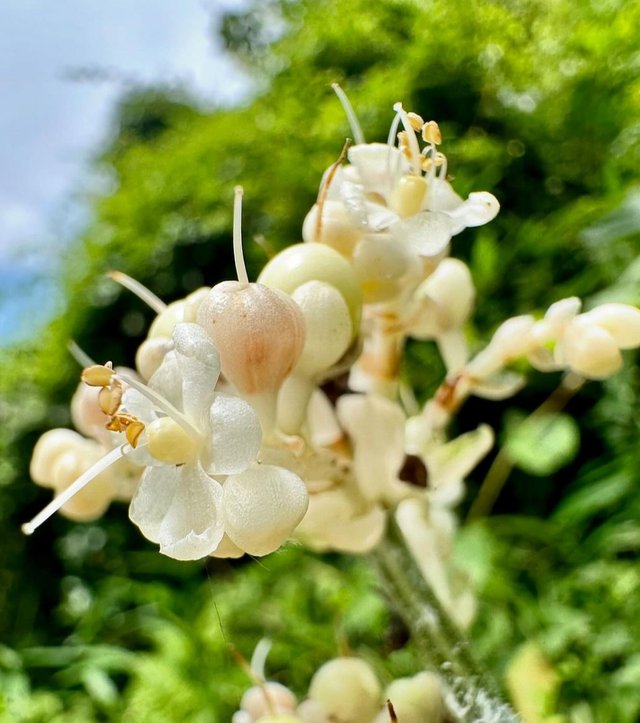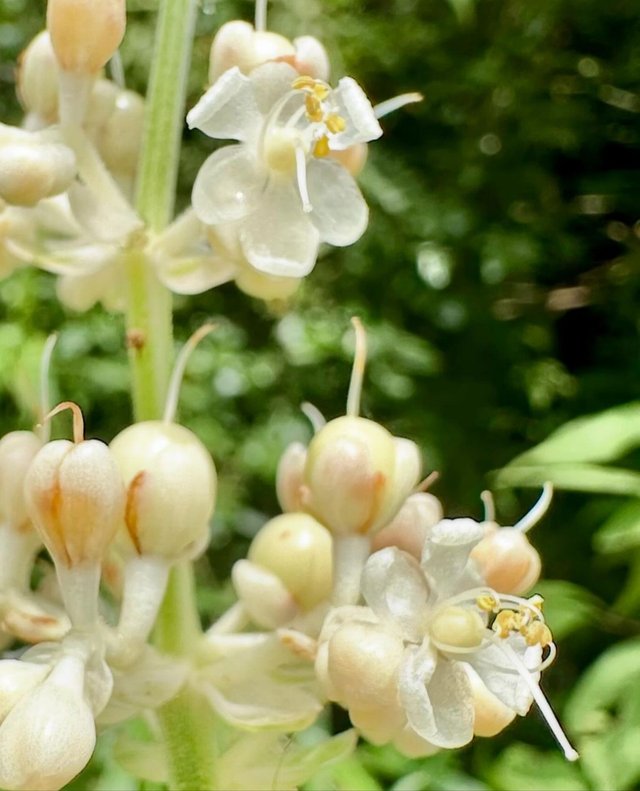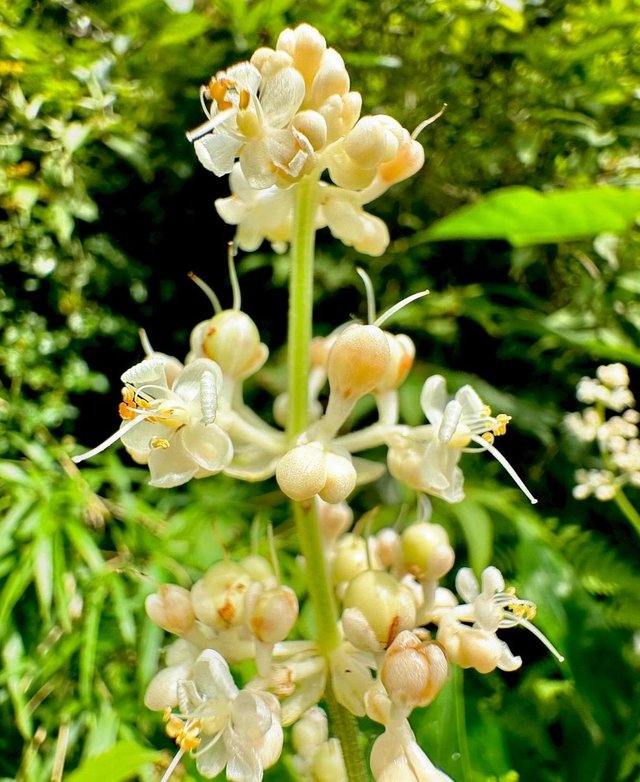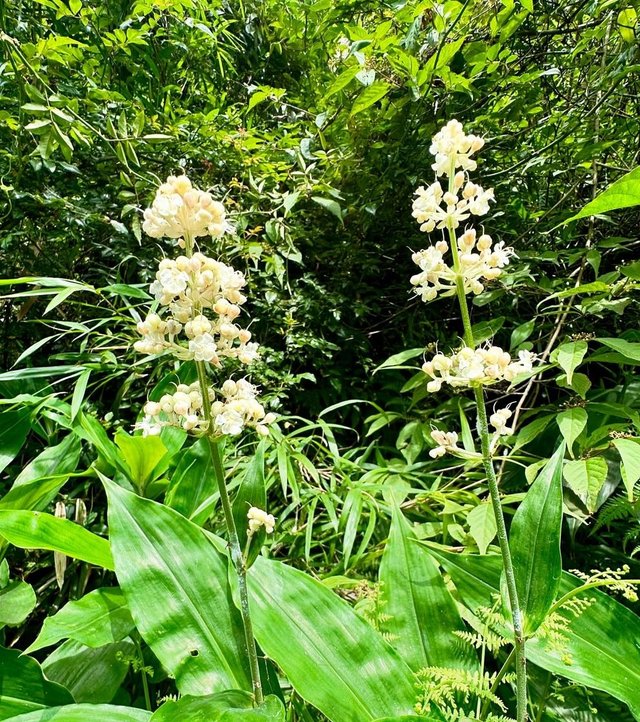Pollia Japonica: The Jewel of the Plant World
Pollia japonica, a plant native to East Asia, particularly Japan, China, and Korea, is a fascinating species known for its strikingly iridescent fruits. Belonging to the Commelinaceae family, Pollia japonica has garnered attention not only for its botanical characteristics but also for its unique optical properties that make it one of the most visually stunning plants in the natural world.
Botanical Characteristics
Pollia japonica is a perennial herb that thrives in moist, shaded environments such as forest floors and riverbanks. It typically grows to a height of 30-60 centimeters, with slender, branching stems and broad, lance-shaped leaves. The plant produces small, white or pale blue flowers arranged in loose clusters, which bloom from late summer to early autumn.
The leaves of Pollia japonica are notable for their vibrant green color and prominent parallel veins, typical of many monocots. These leaves serve not only as the plant's primary photosynthetic organs but also as a striking backdrop to its most famous feature: its berries.
The Iridescent Fruits
The berries of Pollia japonica are what truly set this plant apart. These small, metallic-blue fruits are often compared to jewels due to their vivid, iridescent color. This color is not derived from pigments, as is common in most plants, but from structural coloration. Structural coloration occurs when microscopic structures within the plant's cells reflect specific wavelengths of light, creating a shimmering, metallic effect.
In the case of Pollia japonica, this structural coloration is due to the arrangement of cellulose fibers in the cell walls of the fruit's outer layer. These fibers are organized in a way that they reflect blue light, giving the berries their distinctive, eye-catching appearance. Remarkably, this coloration does not fade over time, meaning that even dried berries retain their vibrant blue hue.
Ecological Role and Reproduction
The iridescent berries of Pollia japonica play a crucial role in the plant's reproductive strategy. While many plants rely on animals to eat their fruits and disperse their seeds, Pollia japonica has a different approach. The berries are not particularly nutritious and are rarely consumed by animals. Instead, their bright coloration is thought to attract birds and other animals that may use the berries for decoration in their nests or other purposes. This, in turn, helps to disperse the seeds.




Thanks For Reading
Device Information
| Device | Redmi Note 10 Pro |
|---|---|
| Lens | 64 mp |
| Location | Bangladesh |
